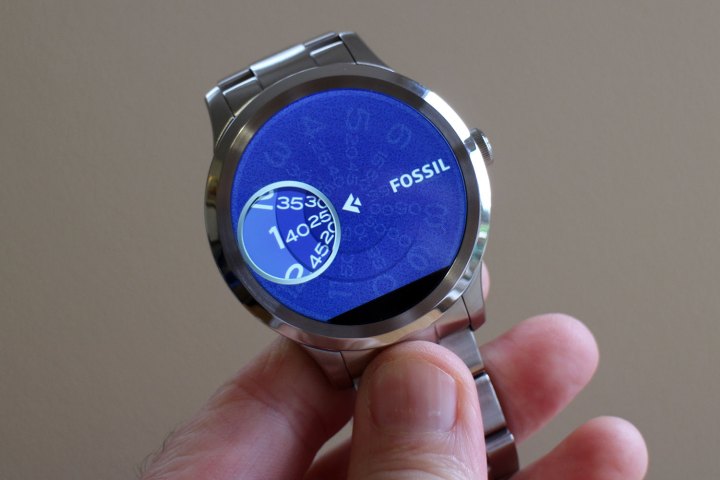
The launch wasn’t totally unexpected. We heard that the update would begin rolling out in mid-March a few weeks ago, so it’s right on time. It’s likely that the rollout of Android Wear 2.0 to Fossil devices will come in phases, and may depend on the region that you’re in — so if you don’t get it right away, you may just have to be a little patient.
There’s no word yet on an update for the original Fossil Q Founder — but hopefully the device will eventually be a part of the rollout.
Android Wear 2.0 itself has had a long road to release. The operating system was first announced at Google I/O in May last year, but Google delayed the actual release of the operating system until early this year. A few devices have now started shipping with
Of course, Fossil’s watches are a little different. That’s because the company puts a heavier emphasis on the watch being a fashion accessory — which, as a wearable, is exactly what smartwatches are.
So what’s new in the new OS? The second version of the wearable operating system features a totally revamped user interface, and rather than having to go through a number of different swipes to access different screens, the OS focuses more on a simple vertical design.
The new update also brings watch-face “Complications,” or small subdials that act as notification-focused widgets. For example, you can see your fitness goal progressions, or your next calendar appointment. What’s more, those Complications can be customized, allowing you to build the watch face that best suits you. Last but not least, the new platform brings with it stand-alone apps.
Updated on 03-15-2017 by Christian de Looper: Added news that update is now rolling out.
Editors' Recommendations
- The Moto Watch 100 might skip out on Google’s Wear OS entirely for a custom OS
- Disappointingly, Wear OS 3 won’t be saving Android smartwatches for a while yet
- The Fossil Gen 5’s custom WearOS enhancements stand out from the crowd
- Samsung One UI 2.0 brings easier one-handed use and nonintrusive notifications
- Google Assistant 2.0 is now rolling out, starting with Pixel phones


